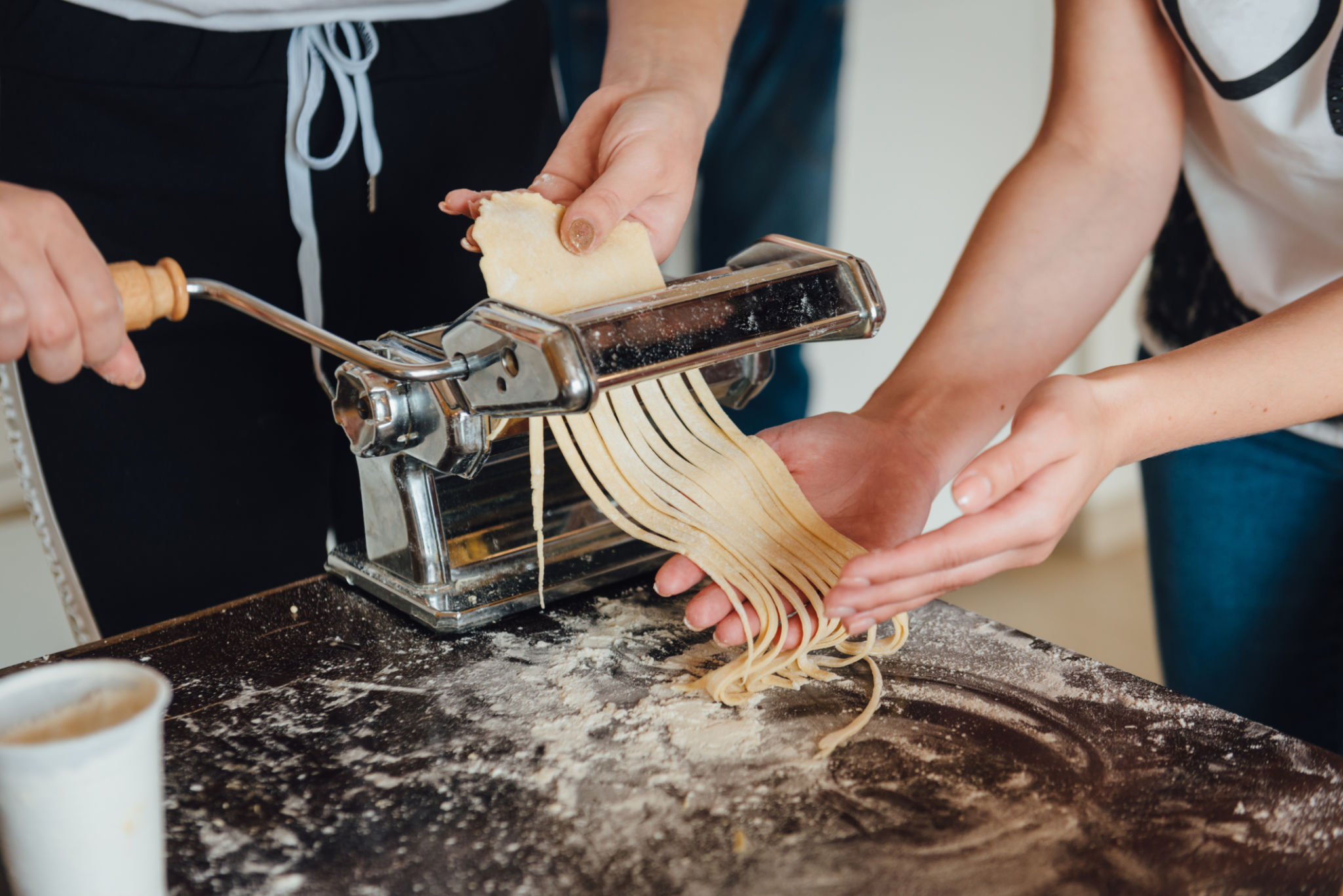Mastering the Art of Homemade Pasta: A Comprehensive Guide
Understanding the Basics of Homemade Pasta
Making pasta from scratch is a rewarding culinary adventure that can transport you straight to the heart of Italy. The process is surprisingly simple and requires just a few basic ingredients: flour, eggs, and a pinch of salt. Yet, mastering this art requires patience, practice, and a bit of passion.
The first step in your pasta-making journey is choosing the right flour. Traditional Italian pasta is made with durum wheat semolina or all-purpose flour. However, experimenting with different flours like whole wheat or gluten-free alternatives can lead to delightful results.

Essential Tools for Pasta Making
While it is possible to make pasta with just your hands and a rolling pin, investing in a few essential tools can greatly enhance your experience. A pasta machine, for instance, helps achieve the perfect thickness and consistency, while a dough scraper aids in kneading and cutting the dough.
Other useful tools include a drying rack for your freshly cut pasta and a pasta cutter for creating different shapes. These tools not only save time but also add an element of professionalism to your homemade creations.
Crafting the Perfect Dough
Creating the perfect pasta dough is both an art and a science. Begin by making a mound of flour on a clean surface, then create a well in the center. Crack the eggs into this well and gently mix with a fork, gradually incorporating the flour to form a dough. The key here is patience; knead the dough until it becomes smooth and elastic.

Once your dough is ready, wrap it in plastic wrap and let it rest. This resting period allows the gluten to relax, making it easier to roll out later. Remember, a well-kneaded and rested dough is crucial for achieving that perfect al dente texture.
Rolling and Cutting Techniques
After resting, it's time to roll out your dough. If using a pasta machine, start with the widest setting and gradually move to thinner settings. For those using a rolling pin, aim for a uniform thickness of about 1-2 millimeters.
When it comes to cutting your pasta, the possibilities are endless. From fettuccine to tagliatelle, experimenting with different shapes can be both fun and rewarding. Use a sharp knife or a pasta cutter to slice your rolled dough into desired shapes.

Cooking and Serving Your Pasta
Cooking fresh pasta takes significantly less time than dried varieties. Bring a pot of salted water to a boil, then add your pasta. Fresh pasta typically cooks in 2-4 minutes depending on its thickness. Once cooked, drain and combine with your favorite sauce.
When serving your pasta, remember that simplicity is key. A drizzle of olive oil, fresh herbs, or a sprinkle of Parmesan can elevate your dish without overwhelming the delicate flavors of homemade pasta.
Experimenting with Flavors and Colors
One of the joys of making homemade pasta is the ability to experiment with flavors and colors. By adding ingredients such as spinach, beetroot, or squid ink to your dough, you can create vibrant and unique pasta varieties.
These additions not only enhance the visual appeal of your dish but also introduce exciting new flavors. Be sure to adjust the amount of flour to maintain the right dough consistency when incorporating these ingredients.

Troubleshooting Common Pasta-Making Challenges
Even experienced chefs encounter challenges when making pasta from scratch. Common issues include sticky dough or pasta that breaks apart during cooking. To solve these problems, ensure your dough is neither too dry nor too wet; adjust by adding small amounts of water or flour as needed.
If your pasta sticks together during cooking, make sure you are using enough water and occasionally stirring gently. With practice, you'll learn to anticipate these challenges and adjust accordingly.
Conclusion: Embrace the Journey
Mastering homemade pasta is a journey that combines tradition with creativity. Every batch offers an opportunity to refine your technique and explore new flavors. Whether you're making pasta for yourself or impressing guests at a dinner party, this culinary skill is sure to delight everyone at the table.
Embrace the process with an open mind and enjoy the satisfaction that comes from creating something truly special from simple ingredients. Buon appetito!